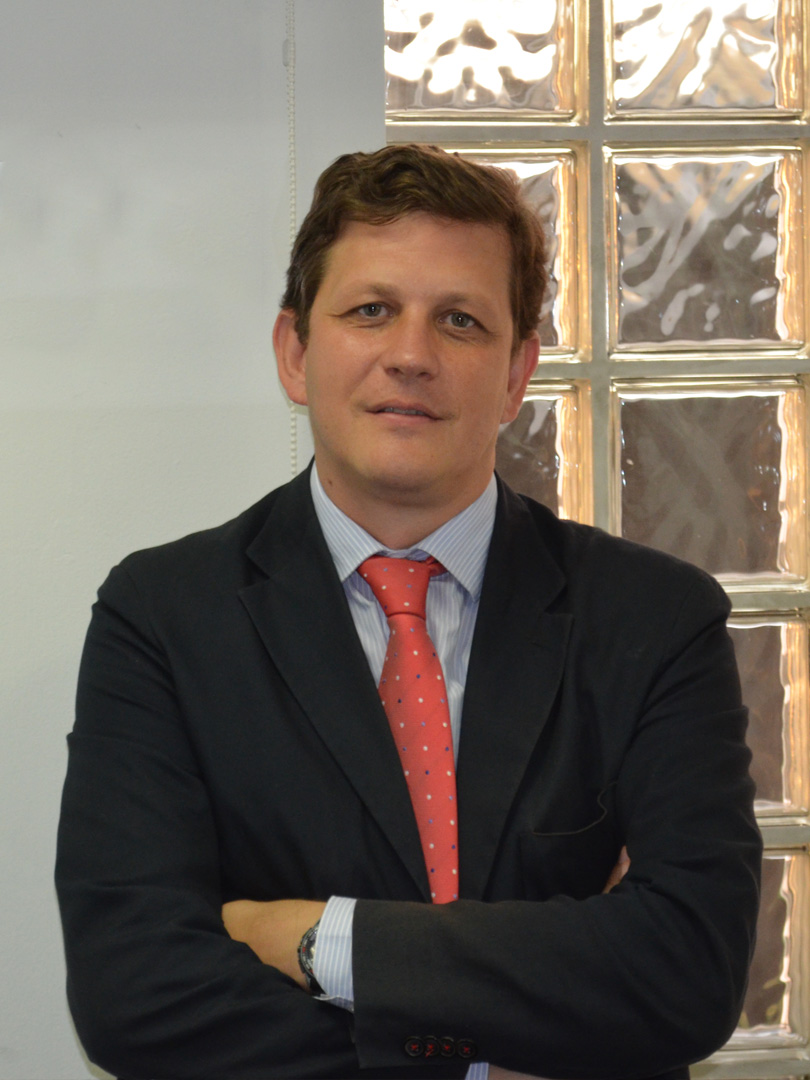February 17, 2025
Renewable energy is giving reservoirs a new lease of life | Luis Castillo
From 2025 onwards, these infrastructures will play a fundamental role in the process of decarbonization of the economy and the energy transition as large-scale storage sources.
Luis Castillo, Head of Water Infrastructure at Ayesa
Energy storage is a topic that continues to dominate R&D around the world. In fact, it’s the key to creating efficient and sustainable renewable energy systems. Over recent years, this has resulted in significant advances in hybrid storage, involving the installation of batteries at solar and wind power plants.
According to the National Integrated Plan for Energy and Climate 2021-2030, the Long-Term Decarbonisation Plan and the Energy Storage Strategy, Spain’s storage needs are expected to be 22 GW by 2030 and 30 GW by 2050. Of this, 19 GW will be required to manage fluctuations in supply and demand on a daily/weekly basis.
However, so far we’ve failed to make the most of existing (and very mature) technology that could feasibly cover these needs. One key example, which is making headlines and will continue gaining momentum in 2025, is pumped storage hydropower.

Luis Castillo, Head of Water Infrastructure at Ayesa
This type of technology offers a number of advantages, but the main one is that it allows us to make use of existing dams and reservoirs. And with Spain’s geography and climate, there is no shortage of these.
In fact, there are more than 1,200 large dams throughout the country. Installing pumps at these sites would allow us to create a new market worth around EUR 40 billion.
As we saw at the Horizontes conferences, organised by Ayesa’s Innovation team alongside the Seville Royal Academy of Sciences, Spain has the potential to increase its installed power by 12,000 MW. However, we must act now.
According to Tomás Sancho, Deputy Director General of the General Directorate of Water and member of a public working group set up by various regions across Spain, it’s essential the Government prioritises these kinds of projects and begins to choose the best sites. He adds: ‘It’s evident the interest is there. We just need to find investors’. His calls haven’t been ignored though as over 2025, the first tenders will be launched to create 31 pumped storage plants.
Spain’s current reversible storage facilities have a capacity of around 6 GW, of which only 3.3 GW come from pumped storage plants. These were created to store surplus electricity produced by nuclear plants.
Today, the focus is similar but with pumped storage plants being used to store excess power generated by renewable energy. This is to ensure the grid meets demands despite fluctuations. They do this by using surplus electricity to pump water to a higher reservoir (or other body of water) when demand is low, and releasing it to one below when demand is high.
The height between the bodies of water has to be sufficient though to generate enough power. Luckily, Spain is a very mountainous country with a large number of dams and reservoirs, so finding such locations is relatively easy. In fact, there are already 68 sites being considered, with a combined capacity of 36 GW.
One of the biggest projects under way is the Alcántara II pumped storage plant. Launched by Iberdrola, it will connect the upper Alcántara and lower Cedillo reservoirs, and have a capacity of 440 MW. It comes after the company’s successful completion of a pumped storage complex in Alto Tâmega (Portugal).
To make progress in this area, we first need to overcome a series of challenges. One of these involves creating a capacity market which recognises the value of this technology in the energy transition by way of a specific compensation mechanism.
We already have the experience of leading engineering and construction firms to draw upon, as well as the necessary promoters from the country’s electricity sector. We’re all ready to seize the incredible opportunities Spain offers us in this area, something that will undoubtedly benefit the country’s economy, increase its energy sovereignty and improve its balance of trade.
As I always say, water and energy are two sides of the same coin.
We support your projects
We are here for you, to advise you personally and offer you the product you need.